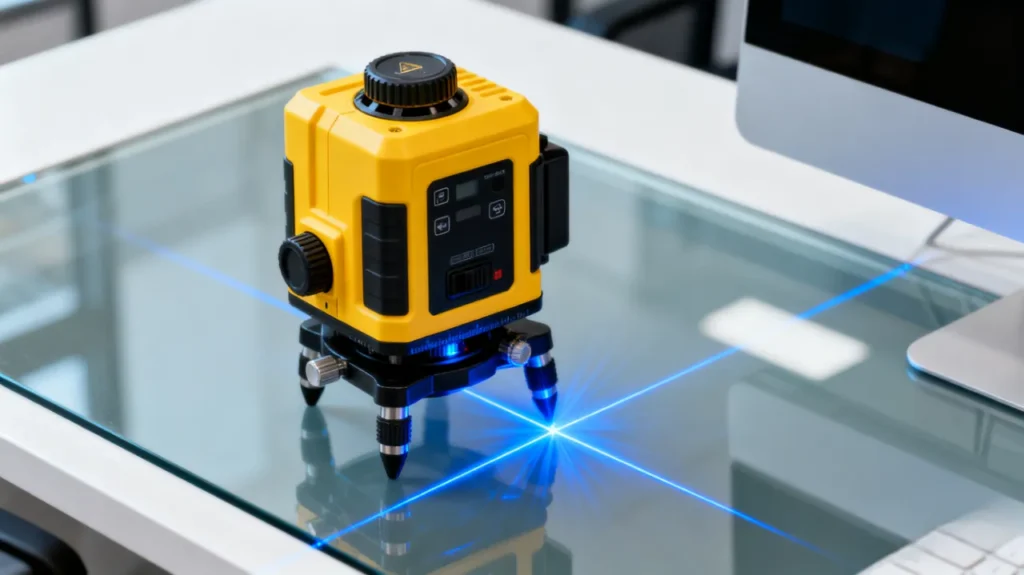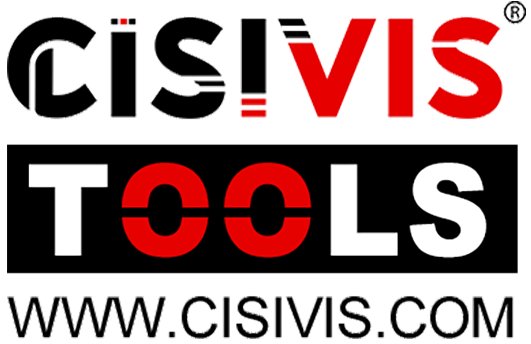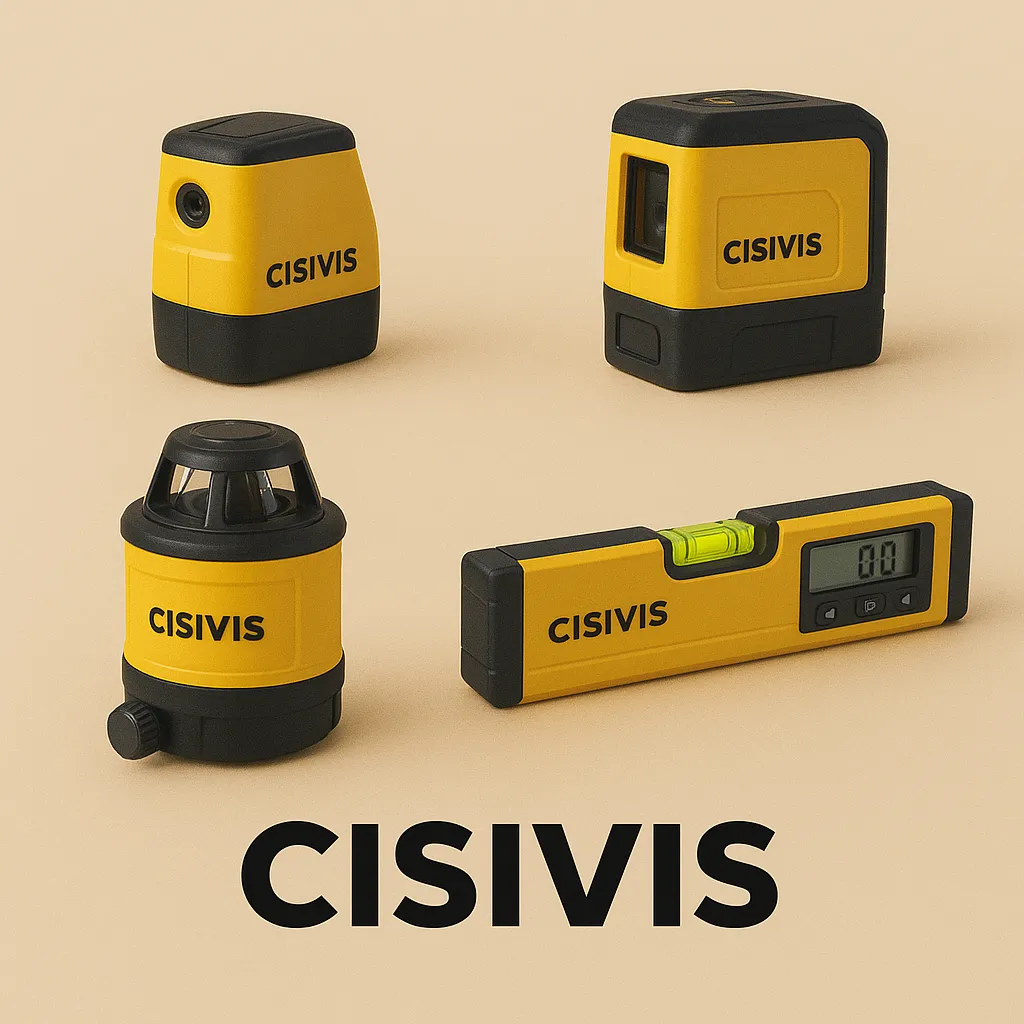Laser Level Laser: What it is, the main types, how each stays level, and where the tech is going Leave a comment
What is a laser level laser?
A laser level laser is a tool that projects a straight, visible beam of light to give a level (horizontal) or plumb (vertical) reference line. People use it when they need a long, perfectly straight guideline — for example, when hanging cabinets, laying tile, grading a site, or controlling irrigation equipment. The device usually has a laser diode that makes the beam and a base that helps set the tool in place. Modern laser levels can be very simple (a dot or short line) or very advanced (360° spinning beams and app control).
What kinds of laser level laser are there — and how does each one make sure it is level?
There are four common groups you will hear about: dot (point) lasers, line (cross-line) lasers, rotary (rotating) lasers, and digital/electronic/industrial laser systems. Below I explain each type in plain English and say how it guarantees a level line.
1. Dot / Point Laser
- What it looks like: Small units that shoot one or several dots.
- Common use: Positioning points, checking plumb or simple aligning jobs.
- How it gets level: Often by a simple spirit bubble (you move the tool until the bubble is centered) or a basic self-leveling mechanism inside. These are cheap and easy for short jobs.
2. Line / Cross-Line Laser
- What it looks like: Projects a full straight line across a wall (horizontal, vertical, or both). Handy for cabinet work and indoor jobs.
- How it gets level: Most modern line lasers are self-leveling. Inside they usually have a pendulum or similar mechanical compensator that hangs on bearings and uses gravity to find true horizontal. More advanced models add electronic sensors (accelerometers or tilted-sensor chips) to make leveling faster and more stable. If the base is off by a little, the pendulum or sensors correct the beam so the line stays truly level. Typical self-leveling tolerances are small — often the tool will self-correct within a few degrees and will warn you (flash or stop) if it’s tilted too far.
3. Rotary (Rotating) Laser
- What it looks like: A laser head spins and creates a 360° plane of light. On the job site you often use a handheld receiver to “catch” the beam far away.
- Common use: Outdoor jobs, grading, large foundations, road work — anywhere you need a level reference across a big area.
- How it gets level: Most rotary lasers combine a pendulum-style self-leveler with damping (magnets or mechanical dampers) so the head settles quickly and stays steady. Some higher-end rotaries add electronic compensation or servo motors for even more precise control. Because the laser rotates, a detector can read the beam out to hundreds or even thousands of feet, so the leveling system must be robust and well-protected during transport and use. Typical professional specs often show rotary lasers giving 360° coverage and working with receivers to reach very long ranges.
4. Digital / Line-laser metrology systems (industrial, lab, gear measurement, etc.)
- What it looks like: These are precise systems used in factories and labs. They use line lasers, cameras, precision stages, and software to measure parts to tiny tolerances.
- Common use: Gear inspection, machine calibration, production-line measurement.
- How it gets level: These systems use careful calibration and pose-parameter correction. The laser sensors are calibrated against reference artifacts or turntables so the measurement plane is known to micrometers. In other words, instead of a simple pendulum, these systems use exact geometric models and calibration artifacts to guarantee a correct measuring plane. That lets them measure tiny deviations (micron-level) on parts like gears.
Typical accuracy and self-leveling limits (data you can use)
- Line lasers (consumer / prosumer): Often rated around ±1/8 inch at 33 feet for horizontal lines. That makes them great for indoor installs like cabinets and tile. (Manufacturer / market summaries).
- Rotary lasers (professional): Can give very fine accuracy (examples: 1/16 inch per 100 feet is a common spec line from product literature) and with a receiver can reach hundreds to thousands of feet for outdoor work.
- Self-level range: Many self-leveling lasers correct automatically when the unit is tipped only a small amount from true level — typically about 4° (sometimes up to 6°). If you tilt more than that, the tool will not be able to self-correct and often flashes or switches off to warn you.
- Industrial measurement precision: Line-laser-based industrial systems have been demonstrated to measure gear surface deviations down to single-digit micrometers in published experiments, after careful calibration. That shows how laser lines + precision calibration are used for very high-accuracy work.

Where Laser Level Laser Technology is Headed: Key Trends and Data from Recent Journals & Reports
The laser level laser world is moving in several clear directions. Below I list the major trends and give numbers and paper/report sources you can trust.
1. Market growth and demand
Industry reports show a steady market increase for laser level laser. One market analysis projects the global laser level market to grow from about USD 590.7 million in 2024 to roughly USD 944.0 million by 2034 (a CAGR of ~4.8%). Growth drivers include more construction worldwide, demand for faster and more accurate tools, and adoption in new fields (surveying, agriculture, factory automation).
2. Smarter, connected tools
Manufacturers are adding Bluetooth, phone apps, remote control, and data logging. Smart laser levels let a worker change settings from a distance, sync level notes to a project app, or store calibration information. This makes field work faster and reduces mistakes. Market reports list smart connectivity as a strong trend for the next 3–5 years.
3. Better visibility and battery tech: green lasers and power improvements
Green beam lasers are becoming more common because the human eye sees green more easily — that increases visibility indoors and outdoors. The tradeoff is green lasers usually need more power, but diode and battery tech are improving, so battery life is getting better. Expect brighter beams, longer runs, and improved receiver modes for outdoor use.
4. Larger-scale surveying and competition from drones / LiDAR
For big outdoor jobs, rotary lasers are still important. But new studies show UAV (drone) photogrammetry and UAV-LiDAR are becoming strong alternatives for road and surface profiling. A 2024 transportation-engineering study compared a UAV system (with RTK positioning), a road surface tester, and rotary laser levels. The study found the methods agreed closely for many profile tasks but also highlighted scenarios where drones give faster, denser data — especially when mapping long road sections or when combined with RTK and LiDAR sensors. That means on large projects you may see hybrid workflows: rotary lasers + receivers for real-time site control, and UAV/LiDAR for mapping and record-keeping.
5. Precision industrial uses and calibration research
Academic work keeps improving how lasers are used for very precise measurement. Recent journal papers describe more accurate pose-parameter calibration for line-laser 3D gear measurement, and new calibration artifacts and algorithms that help line lasers reach micron-level repeatability in factory settings. That research points to more laser-based inline quality control and automated inspection on production lines.
6. Agriculture and resource efficiency
Laser-controlled land leveling is not just for construction. Recent agricultural studies show laser leveling can raise crop yields while saving water. For example, a 2024 field experiment in Egypt found that laser-leveled rice fields produced noticeably higher yields (examples: yields raised from roughly 9–10 Mg/ha to about 12.2 Mg/ha in tested cultivars) and saved on the order of ~1,700–1,800 m³/ha of irrigation water compared with uncontrolled fields. That kind of benefit is driving adoption of laser land levellers in irrigation projects worldwide.
Summary — quick takeaways
- A laser level laser projects a straight beam to give a level or plumb reference. It’s useful from small indoor DIY jobs to big outdoor construction and farm work.
- laser level laser types: dot, line (cross), rotary, and precision industrial systems. Small line lasers work great for cabinets; rotary lasers serve the big outdoor jobs; industrial line-laser rigs handle micron-level measurement.
- How laser level laser stay level: simple units use bubble vials or manual setup; most prosumer and pro tools use pendulum self-levelers or electronic sensors to auto-correct within a few degrees.
- Where laser level laser is going: growth in market size, smarter connectivity, better beams (green + pulse modes), more hybrid workflows that combine lasers with UAV/LiDAR for mapping, and tighter industrial calibration methods for production inspection. Market projections and recent journal papers back these trends.
For reliable, ready-to-ship tools and helpful advice on choosing the right laser level laser for your job, check out Cisivis — quality gear for pros and serious DIYers.



